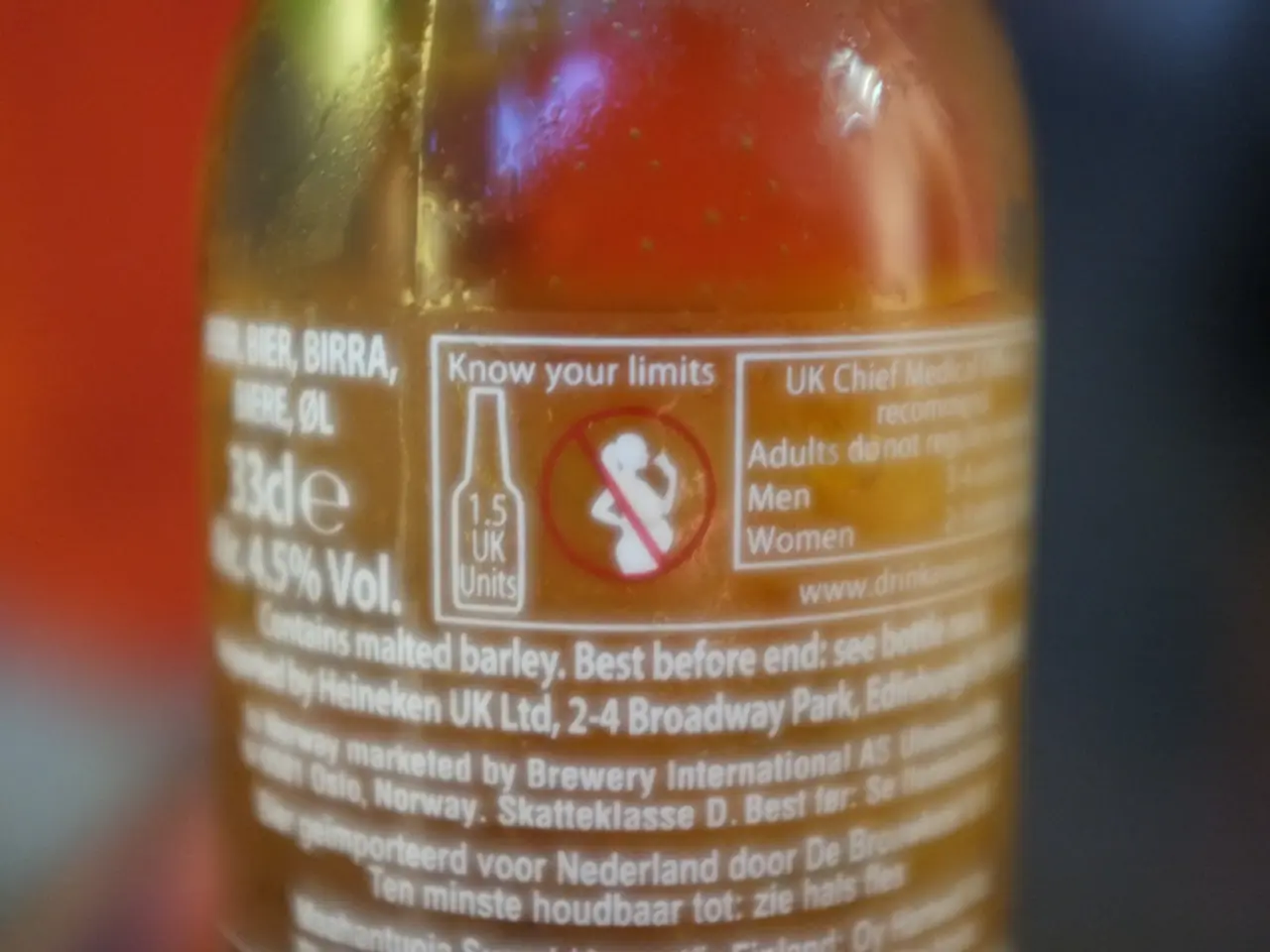Harmful Cosmetics: Steer Clear of These Ingredients, Potential Hazards, and Safe Alternatives
In the bustling world of cosmetics, an increasing number of people are becoming aware of the potential health risks associated with certain chemicals found in their favourite beauty products. From makeup to skincare, a variety of substances have been identified as harmful, raising concerns about consumer health and the need for stricter regulations.
One such chemical is Formaldehyde, a known human carcinogen. Despite being banned under California’s Toxic-Free Cosmetics Act, it is still found in over 90 products such as nail hardeners and hair treatments. Exposure to formaldehyde can increase cancer risk [1]. Another concerning chemical is Mercury, a neurotoxin that, despite being banned in cosmetics, has been detected in some products, posing risks of neurological damage [1].
Per- and polyfluoroalkyl substances (PFAS), often referred to as "forever chemicals" due to their inability to break down in the environment, are also a cause for concern. They have been detected in many makeup products, including lipstick, mascara, foundation, and nail polish. PFAS bioaccumulate in the body and are linked to cancer, autoimmune disorders, thyroid disease, liver damage, fertility problems, birth defects, hormone disruption, obesity, and decreased immunity [1][3].
Sunscreen chemicals like Oxybenzone and Avobenzone are another area of concern. These ingredients can be absorbed into the body and may cause skin irritation, hormone disruption, fertility issues, and possibly skin cancer. The FDA monitors these chemicals but some remain controversial due to their systemic absorption [2].
Other hazardous compounds identified in cosmetics include mutagenic/genotoxic substances, cytotoxins, neurotoxins, and hormone disruptors. These compounds may come from ingredients, contaminants, or degradation products, and are not all currently regulated. Such compounds can affect cellular and hormonal health significantly [4].
A common ingredient in makeup, Talc, has potential links with asbestos, a known cancer-forming chemical. Carbon black, found in mascaras, eye liners, and lipsticks, may be linked with cancer according to the Environmental Working Group (EWG) [5]. Parabens, used as preservatives in many cosmetics, may have a link with breast cancer due to certain changes in estrogen levels [6]. Triclosan, found in some cosmetics, may affect thyroid hormones, contribute to antibiotic resistance, and potentially have long-term effects on the development of skin cancer [7].
In light of these concerns, the EWG provides resources to help people reduce or avoid the use of toxic makeup. This includes checking labels, making cosmetic products at home, and using products with organic certifications or certifications from recognized organizations that promote nontoxic products [8].
Despite bans and regulations, many of these substances still appear in products, highlighting ongoing concerns for consumer health and the need for stricter enforcement and transparency [1][3][4]. It is crucial for consumers to be informed and vigilant about the products they use, ensuring a safer, healthier beauty routine.
References: [1] Environmental Working Group (EWG). (2021). Skin Deep® Cosmetics Database. Retrieved from https://www.ewg.org/skindeep/ [2] Food and Drug Administration (FDA). (2019). Sunscreen Ingredients. Retrieved from https://www.fda.gov/cosmetics/cosmetic-ingredients/sunscreen-ingredients [3] Environmental Defense Fund (EDF). (2020). PFAS in Cosmetics. Retrieved from https://www.edf.org/health/pfas-cosmetics [4] Campaign for Safe Cosmetics. (2010). The Report on Personal Care Toxicology. Retrieved from https://www.safecosmetics.org/wp-content/uploads/2010/08/The-Report-on-Personal-Care-Toxicology-Web.pdf [5] Environmental Working Group (EWG). (2021). EWG’s 2021 Shopper’s Guide to Safe Cosmetics. Retrieved from https://www.ewg.org/skindeep/ [6] Breast Cancer Prevention Partners. (2019). Parabens. Retrieved from https://www.bcpp.org/resource/parabens/ [7] Natural Resources Defense Council (NRDC). (2013). Triclosan: A Chemical of Concern. Retrieved from https://www.nrdc.org/stories/triclosan-chemical-concern [8] Environmental Working Group (EWG). (2021). Make a Change. Retrieved from https://www.ewg.org/take-action/make-a-change/
- The potentially harmful chemical Formaldehyde, a known human carcinogen, is still found in over 90 products, including nail hardeners and hair treatments, despite being banned under California’s Toxic-Free Cosmetics Act.
- Mercury, a neurotoxin, has been detected in some cosmetics, posing risks of neurological damage, even though it's banned in cosmetics.
- PFAS, or "forever chemicals", have been detected in many makeup products, and they bioaccumulate in the body, linked to cancer, autoimmune disorders, thyroid disease, liver damage, fertility problems, birth defects, hormone disruption, obesity, and decreased immunity.
- Sunscreen chemicals like Oxybenzone and Avobenzone can cause skin irritation, hormone disruption, fertility issues, and possibly skin cancer, and the FDA monitors them but some remain controversial due to their systemic absorption.
- Talc, a common ingredient in makeup, has potential links with asbestos, a known cancer-forming chemical, and Carbon black, found in mascaras, eye liners, and lipsticks, may be linked with cancer according to the Environmental Working Group (EWG).




